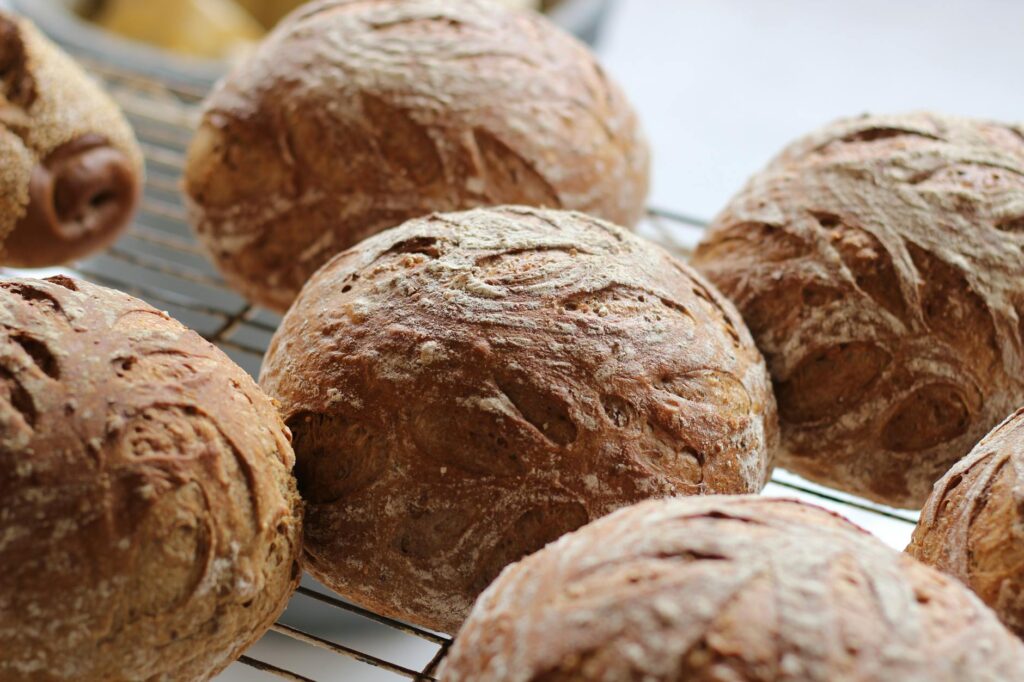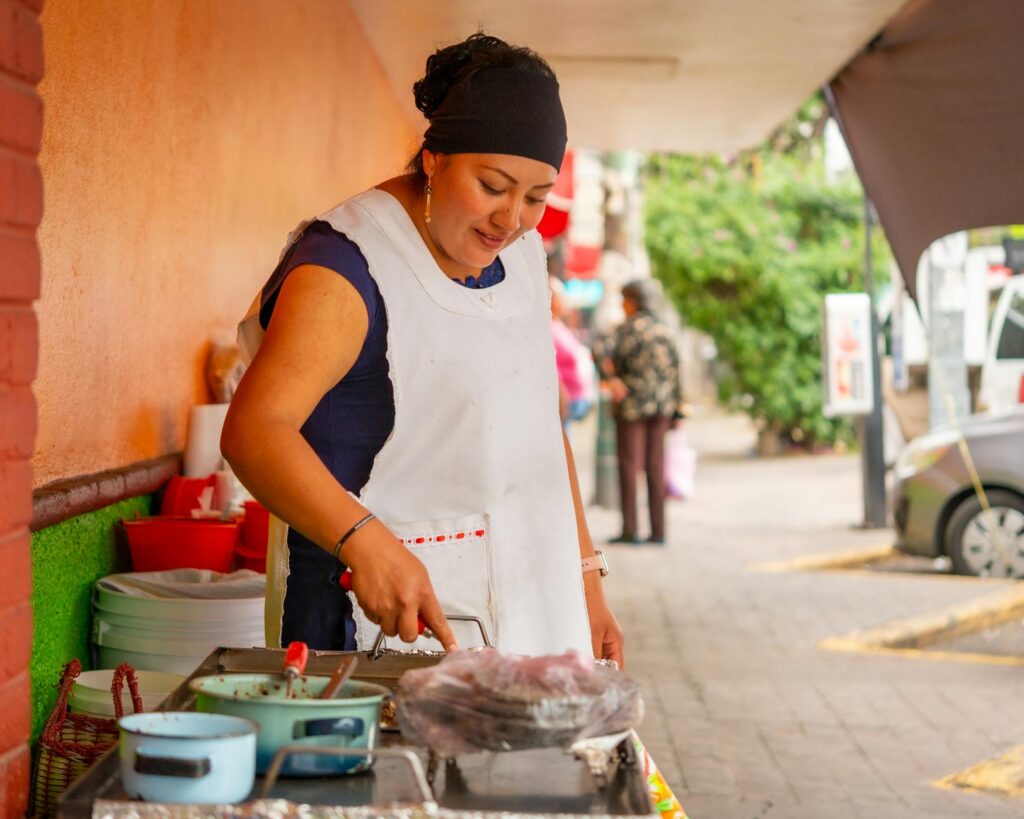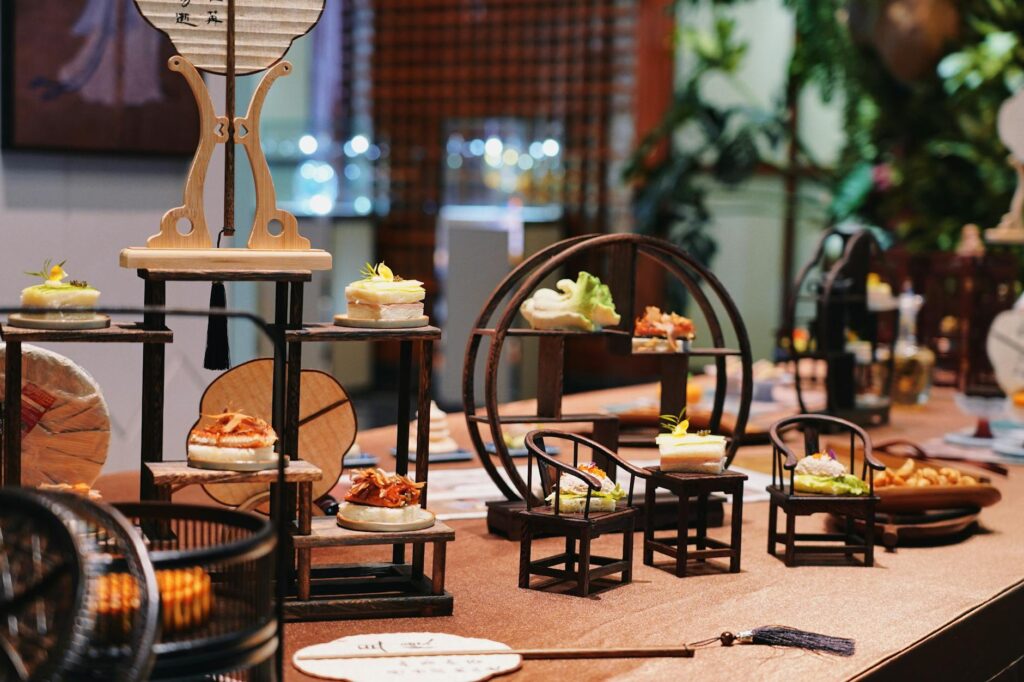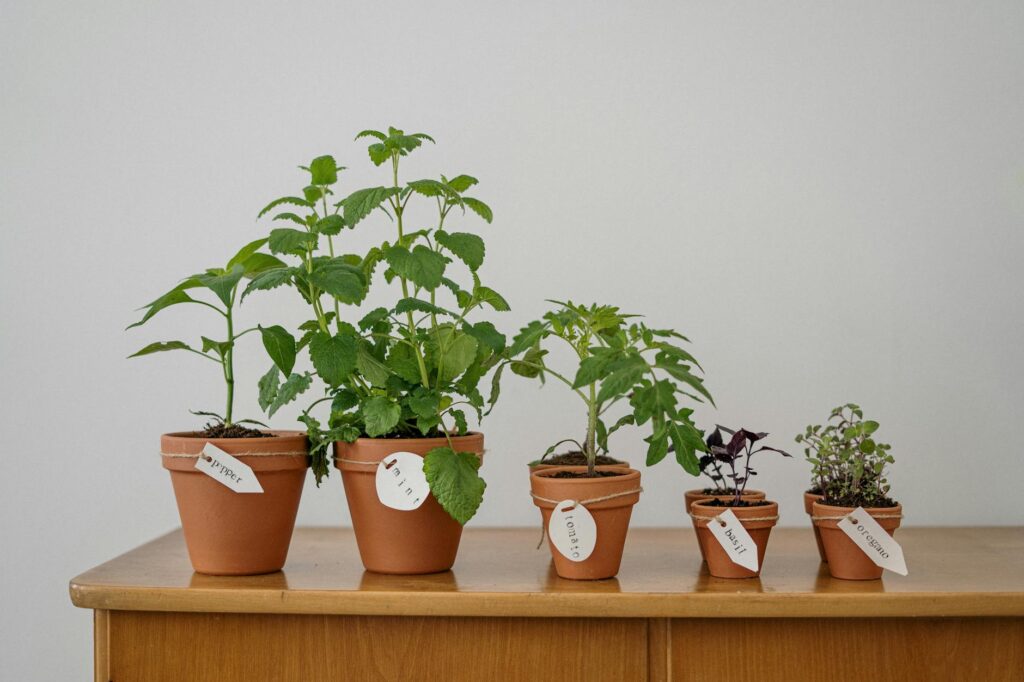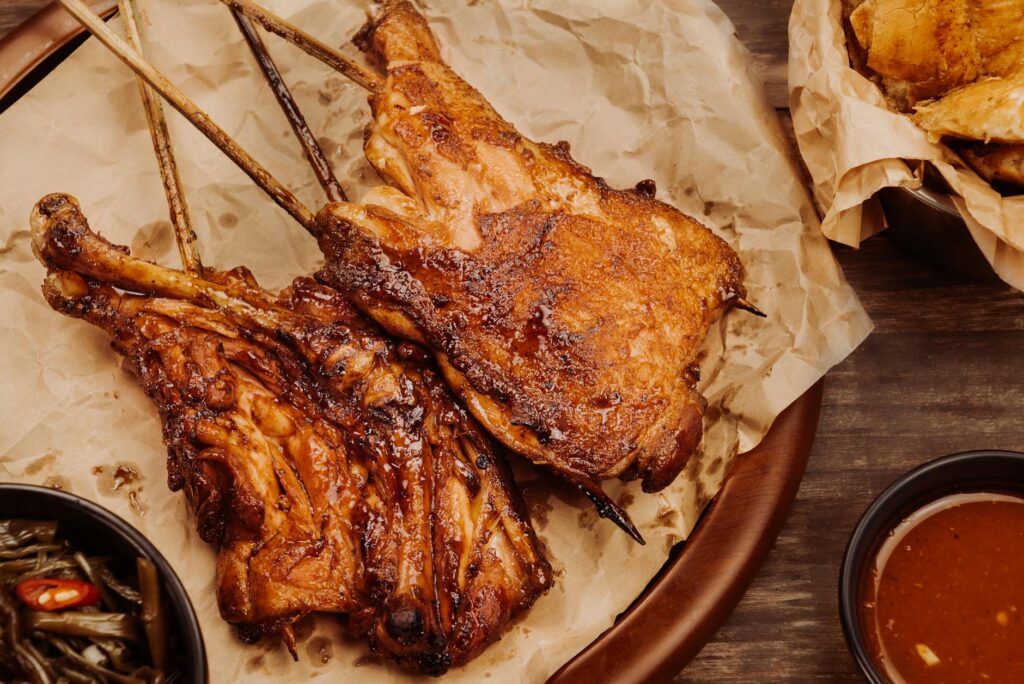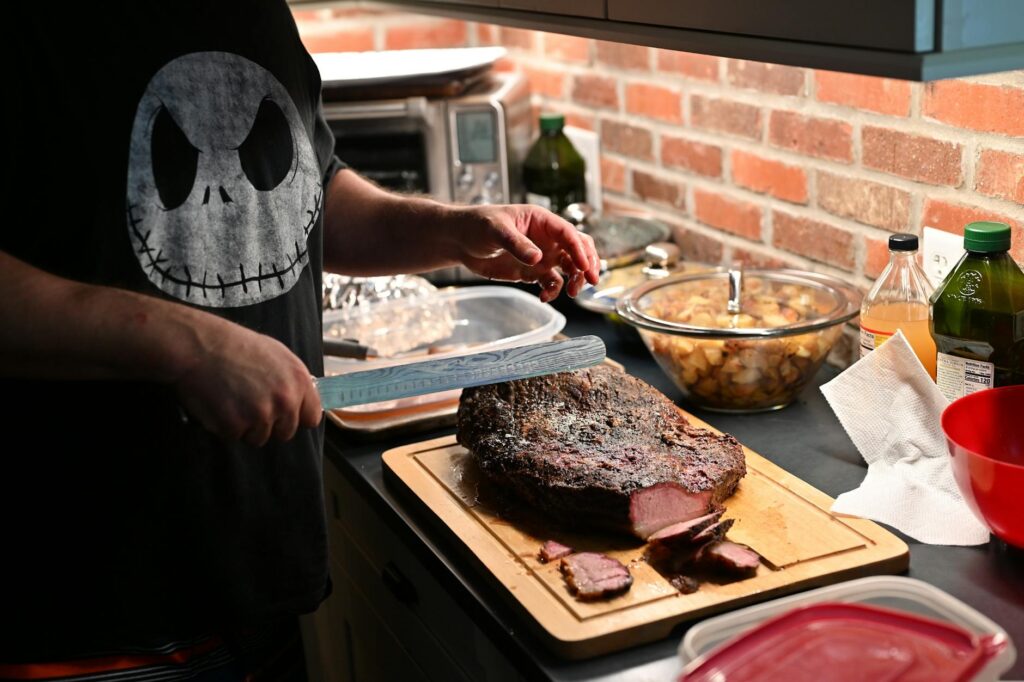Be a Food Fighter: How to Defend Your Diet and Win
Discover the ultimate tips and tricks to defend your diet from temptation and cravings, and emerge victorious in the battle. Image courtesy of Cecilia Chwilin via Pexels Table of Contents Food Names Food Time Food Garden Food Delivery App Food Heaven Be a Food Fighter: How to Defend Your Diet and Win Food is an essential part of our daily lives, providing nourishment and enjoyment. However, with so many choices available, it can sometimes feel like a battleground trying to make healthy decisions and stick to a balanced diet. In this blog post, we will explore the world of food from garden to plate and provide tips on how to be a successful food fighter in defending your diet. Food Names Food names play a crucial role in how we perceive different dishes. From evoking nostalgia to sparking curiosity, the names of foods can influence our choices. Exploring unique food names from around the world can expand our culinary horizons and introduce us to new flavors and cultures. Food Time Meal timing is an important aspect of maintaining a healthy diet. Eating at consistent times can help regulate your metabolism and energy levels throughout the day. Planning your meals and snacks to fit with your daily schedule can ensure that you are fueling your body at the right times. Food Garden Growing your own food in a garden is a rewarding experience that allows you to connect with nature and enjoy fresh, organic produce. Even if you have limited space, you can still cultivate a small herb garden or grow some vegetables in pots. Tending to a food garden can give you a greater appreciation for where your food comes from and inspire you to eat more mindfully. Food Delivery App Food delivery apps have become increasingly popular, especially in today’s fast-paced world. These apps offer convenience and variety, allowing you to order food from your favorite restaurants with just a few taps on your phone. Exploring different food delivery apps can help you discover new eateries and dishes to enjoy in the comfort of your own home. Food Heaven Indulging in heavenly food experiences is a joyous part of life. Whether it’s savoring a decadent dessert or enjoying a perfectly cooked meal, food can bring us moments of pure bliss. Creating your own food heaven at home can be as simple as trying out new recipes or treating yourself to a special meal every now and then. As you navigate the world of food, remember that being a food fighter means making conscious choices that support your health and well-being. By exploring different aspects of food, from its origins in the garden to the plate in front of you, you can cultivate a deeper understanding and appreciation for the role that food plays in your life.
Be a Food Fighter: How to Defend Your Diet and Win Read More »

